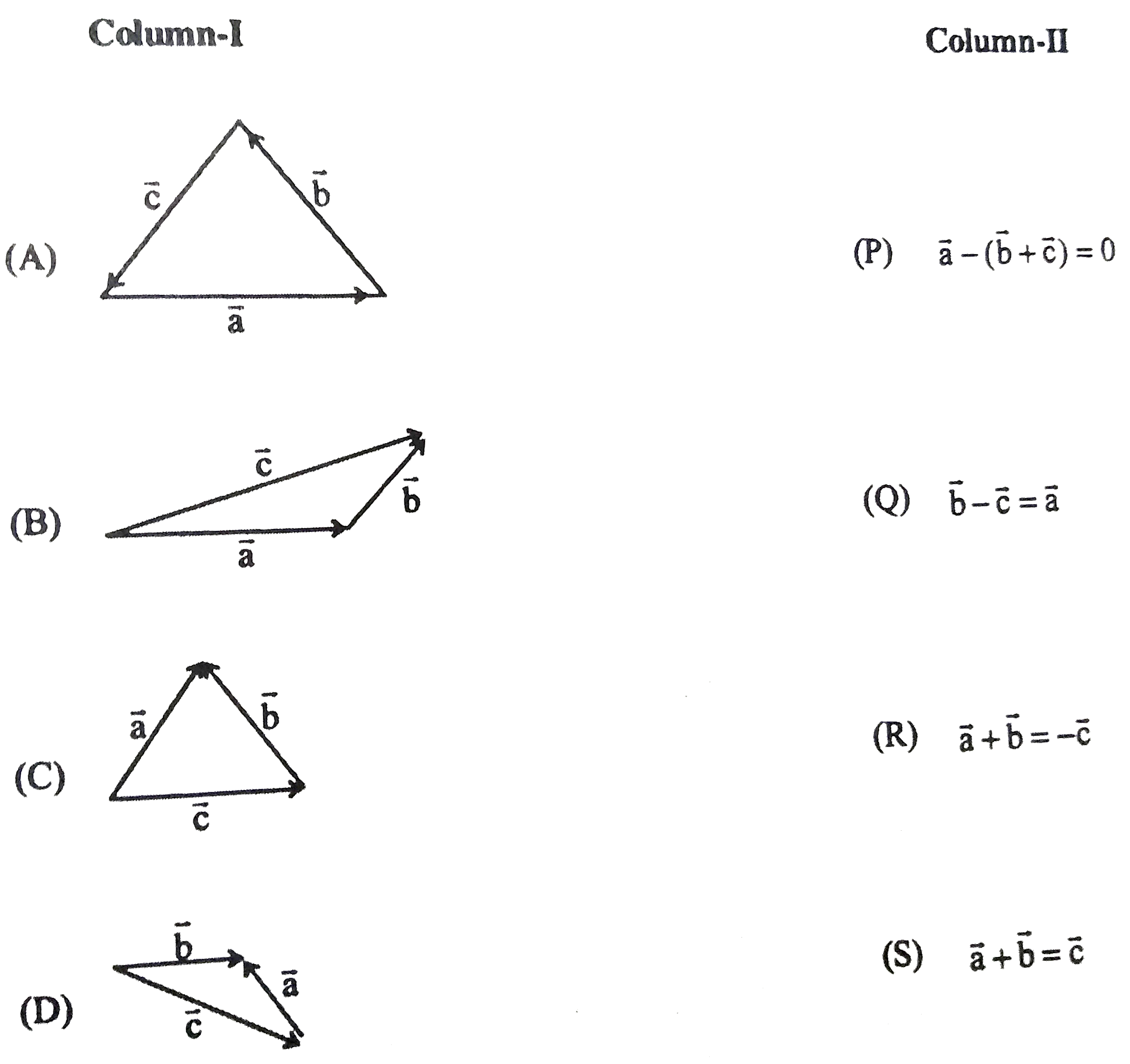Vectors are
Physalia, Musca domestica and Anopheles
Amoeba, Physalia and Musca
Anopheles, Musca and Culex
All the above.
The correct Answer is:C
Step-by-Step Solution:
1. Understanding the Term "Vectors":
- Vectors are organisms that carry and transmit pathogens (disease-causing agents) to other living organisms. They play a crucial role in the transmission of various diseases.
2. Analyzing the Options:
- Option 1: Physalia, Musca, Domestica
- Physalia (Portuguese man o' war) belongs to the phylum Cnidaria and is not a vector for pathogens. Therefore, this option is incorrect.
- Option 2: Amoeba, Physalia, Musca
- Amoeba is a protozoan and does not act as a vector. Physalia is also not a vector. Thus, this option is incorrect.
- Option 3: Anopheles, Musca, Culex
- Anopheles mosquitoes are known vectors for malaria, Musca (housefly) can transmit diseases like dysentery, and Culex mosquitoes can transmit filariasis. This option is correct as all three are recognized vectors.
- Option 4: All of the above
- Since the first two options are incorrect, this option is also incorrect.
3. Conclusion:
- The correct answer is Option 3: Anopheles, Musca, and Culex as they are all vectors that transmit various diseases.
- Vectors are organisms that carry and transmit pathogens (disease-causing agents) to other living organisms. They play a crucial role in the transmission of various diseases.
- Option 1: Physalia, Musca, Domestica
- Physalia (Portuguese man o' war) belongs to the phylum Cnidaria and is not a vector for pathogens. Therefore, this option is incorrect.
- Option 2: Amoeba, Physalia, Musca
- Amoeba is a protozoan and does not act as a vector. Physalia is also not a vector. Thus, this option is incorrect.
- Option 3: Anopheles, Musca, Culex
- Anopheles mosquitoes are known vectors for malaria, Musca (housefly) can transmit diseases like dysentery, and Culex mosquitoes can transmit filariasis. This option is correct as all three are recognized vectors.
- Option 4: All of the above
- Since the first two options are incorrect, this option is also incorrect.
- The correct answer is Option 3: Anopheles, Musca, and Culex as they are all vectors that transmit various diseases.
Topper's Solved these Questions
- PHYLUM - ARTHROPODABOOK - DINESH PUBLICATION ENGLISHCHAPTER - PHYLUM - ARTHROPODAEXERCISE - CYG
20 Videos
- PHYLUM - ANNELIDABOOK - DINESH PUBLICATION ENGLISHCHAPTER - PHYLUM - ANNELIDAEXERCISE - Check your grasp
10 Videos
- PLANT BREEDING AND DISEASE CONTROLBOOK - DINESH PUBLICATION ENGLISHCHAPTER - PLANT BREEDING AND DISEASE CONTROLEXERCISE - Check your Grasp
10 Videos
Similar Questions
State parallelogram law of vector addition. Find analytically the magnitude and direction of resultant vector. Apply it to find the resultant when,
(i) Two vectors are parallel to each other
(ii) Two vectors are perpendicular to each other
View SolutionA resultant of two vectors makes 30∘ with one vector and 45∘ with the other. Find the two vectors if the resultant has the magnitude 15
View Solution
Knowledge Check
A unit vector parallel to vector →V=(2,−3,6) is vector
A(−2,3,−6)B(6,−3,2)C(−0.29,0.43,−0.86)D(0.29,0.43,−0.86)
The magnitude of scalar and vector products of two vector are 48√3 and 144 respectively. What is the angle between the two vectors ?
View SolutionHow are bacteriophage vectors advantagous over plasmid vectors?
View SolutionAssertion - Vector addition of two vector is always greater then their vector subtraction.
Reason At θ=90∘ , addition and subtraction of two vector are equal .
View SolutionColumn-I show vector diagram relating three vectors →a,→b and →c. Match the vector equation in column -II, with vector diagram in column-I:

View SolutionAssertion: The difference of two vectors A and B can be treated as the sum of two vectors.
Subtraction of vectors can be defined in terms of addition of vectors.
View SolutionAsserion: Magnitude of the resultant of two vectors may be less than the magnitude of either vector.
Reason: The resultant of two vectors is obtained by means of law of parallelogram of Vectors.
View SolutionA vector coplanar with vectors ˆi+ˆjandˆj+ˆk and parallel to the vector 2ˆi−2ˆj−4ˆk, is
View Solution
